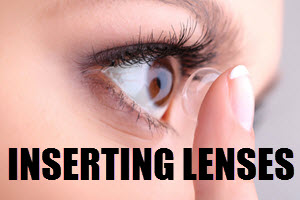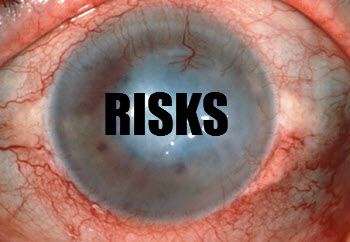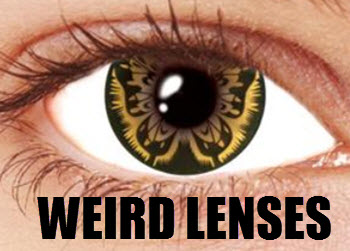Understanding Decorative Lenses
Decorative lenses, often referred to as cosmetic or colored contacts, are designed specifically to alter the appearance of your eyes rather than to correct your vision. While they can provide a dramatic change in eye color or pattern, it’s important to remember that these lenses are classified as medical devices and should be managed with the same care you would apply to prescription contact lenses.
Consult an Optometrist
When considering the use of decorative lenses, especially if you are a first-time user, consulting an optometrist is a critical step. An eye examination conducted by a professional ensures that your eyes are in good health, making them safe for lens wear. During the appointment, the optometrist will evaluate the overall condition of your eyes and measure them to determine the size and type of lens that will fit best. This professional guidance helps prevent a variety of potential complications including infections or discomfort that could arise from improperly fitted lenses.
Choosing the Right Lenses
The selection process for decorative lenses involves several considerations. Investigating the different types of lenses available on the market can help you find the right fit. Decorative lenses are manufactured from various materials and come with options for different wearing schedules, such as daily, bi-weekly, or monthly disposables. Selecting the correct type of lens is crucial for both comfort and maintaining ocular health. It’s important to note that these lenses should only be purchased from reputable brands. Established manufacturers adhere to strict health and safety regulations, ensuring that their products are safe for consumer use.
Hygiene and Care
Maintaining proper hygiene is essential when handling decorative lenses to prevent infections and ensure the lenses remain in good condition.
Steps for Proper Lens Care:
1. Wash Hands: Prior to touching your lenses, always wash your hands thoroughly with soap and water. Clean hands are essential in reducing the risk of transferring germs or debris into your eyes, which can lead to irritation or more serious infections.
2. Use a Clean Storage Case: Your lens case should be kept clean at all times, and it should be replaced every three months. An old or unclean lens case can harbor bacteria, potentially leading to eye infections. Cleaning your case regularly with fresh solution (not water) is a simple yet effective way to protect your eye health.
For detailed guidelines on lens care, check this resource provided by authoritative optometrist associations.
Inserting and Removing Lenses
The process of inserting and removing decorative lenses might seem challenging at first, but with practice, it becomes more manageable. Begin with a calm mindset and use a well-lit mirror:
1. Technique: To insert the lens, gently hold your upper eyelid with one hand to prevent blinking, and use your other hand to pull down the lower lid. Place the lens on your fingertip and carefully position it onto your eye. Ensure the lens is centered and feels comfortable.
2. Removal: To safely remove the lens, pinch it gently between your thumb and forefinger and lift it away from your eye. Practice will improve your competence and confidence in handling the lenses.
Recognizing Issues
It’s vital to be vigilant and watchful for any unusual symptoms while wearing decorative lenses. Such symptoms might include redness, irritation, or blurred vision. These signs could indicate a problem with the lens or a reaction from your eyes. If any of these symptoms occur, it’s crucial to remove the lenses immediately and consult an optometrist before attempting to wear them again. Long-term discomfort or persistent symptoms might indicate an underlying medical issue or an improperly fitted lens, both of which require professional evaluation.
Engaging with decorative lenses can be a unique and enjoyable way to alter your appearance, providing you handle them safely. Prioritizing your eye health by seeking professional advice before purchasing lenses and adhering to prescribed hygiene standards is essential for a successful and pleasurable lens-wearing experience. Following these recommendations not only ensures you enjoy your lenses but also safeguards your vision and eye health for the future.



 Cosmetic contact lenses
Cosmetic contact lenses